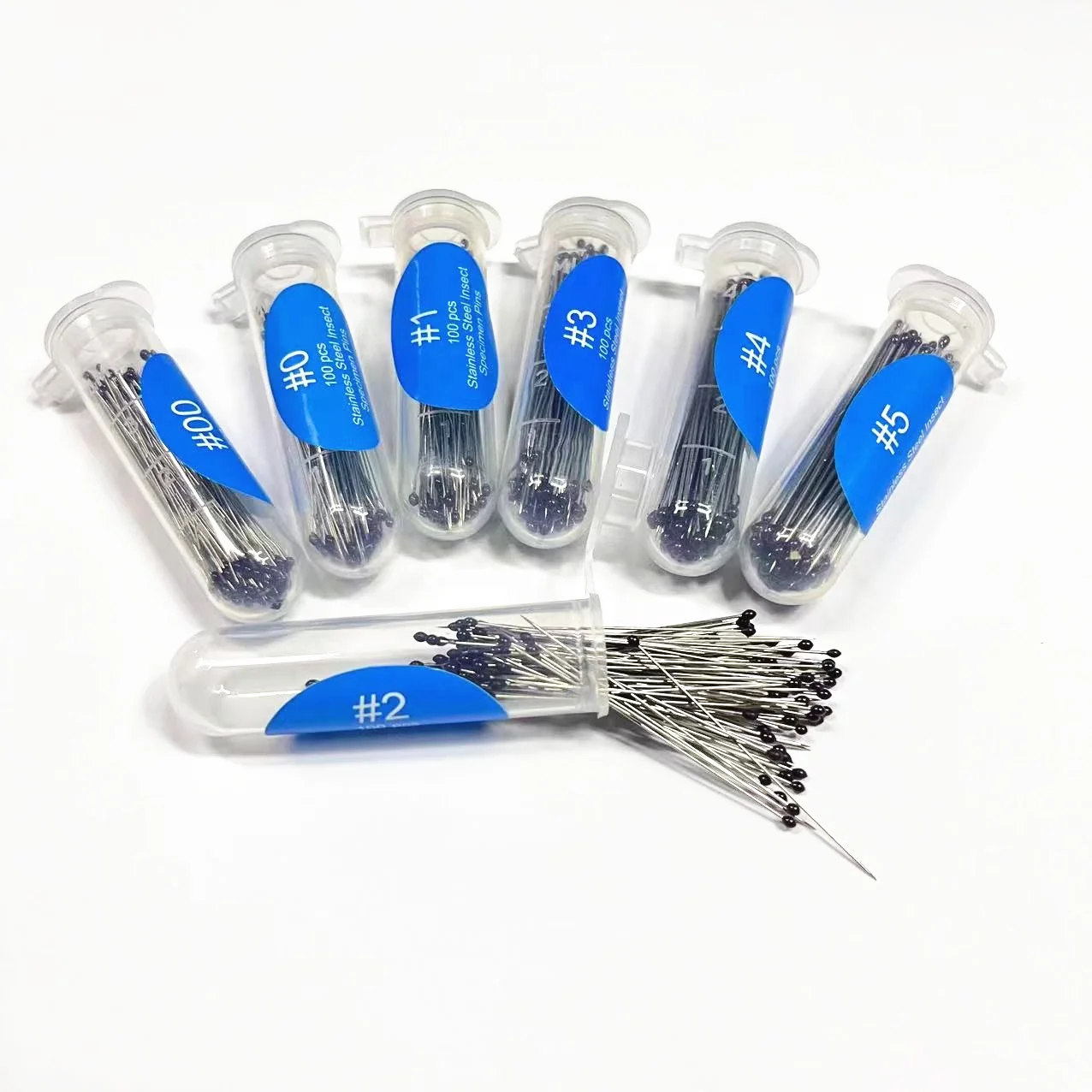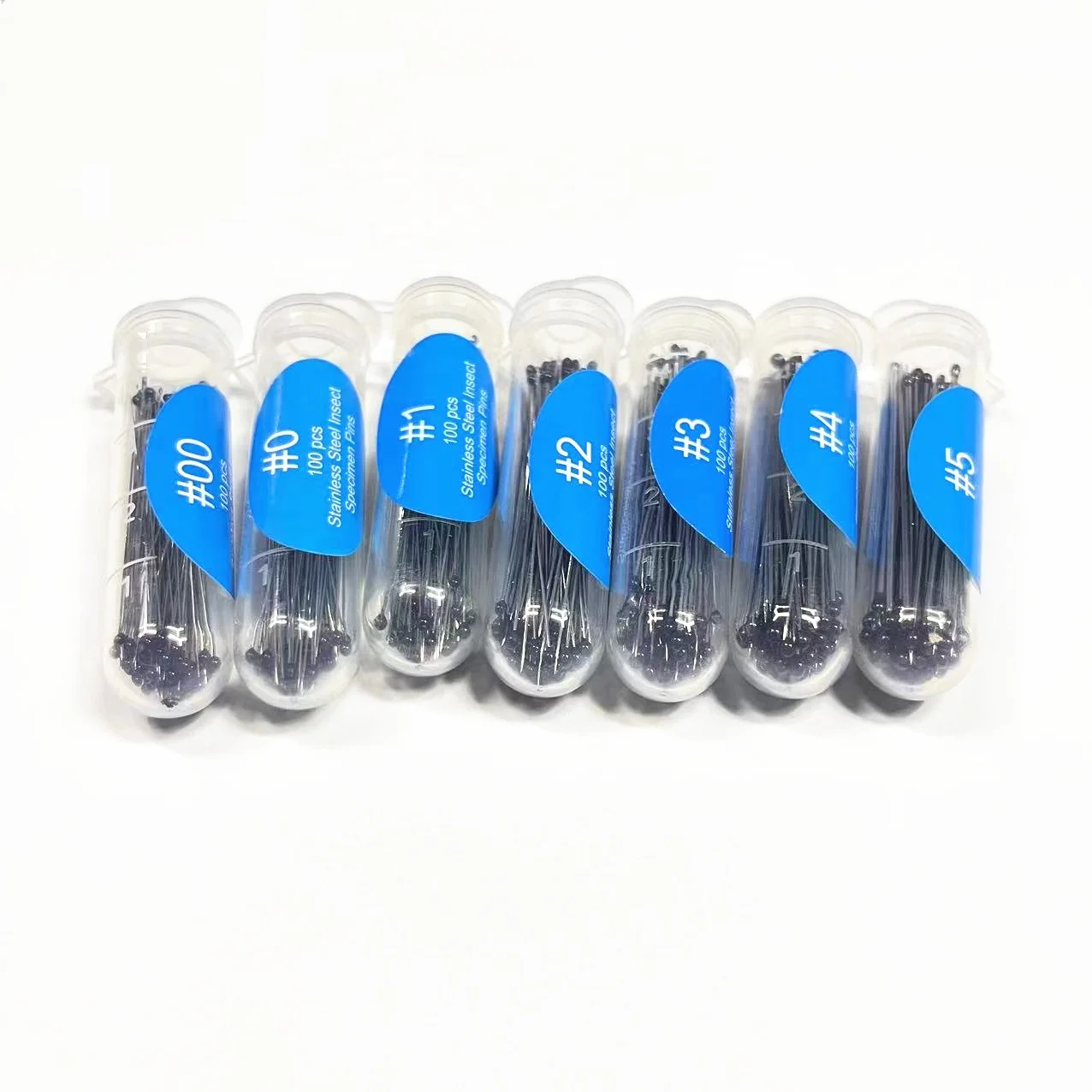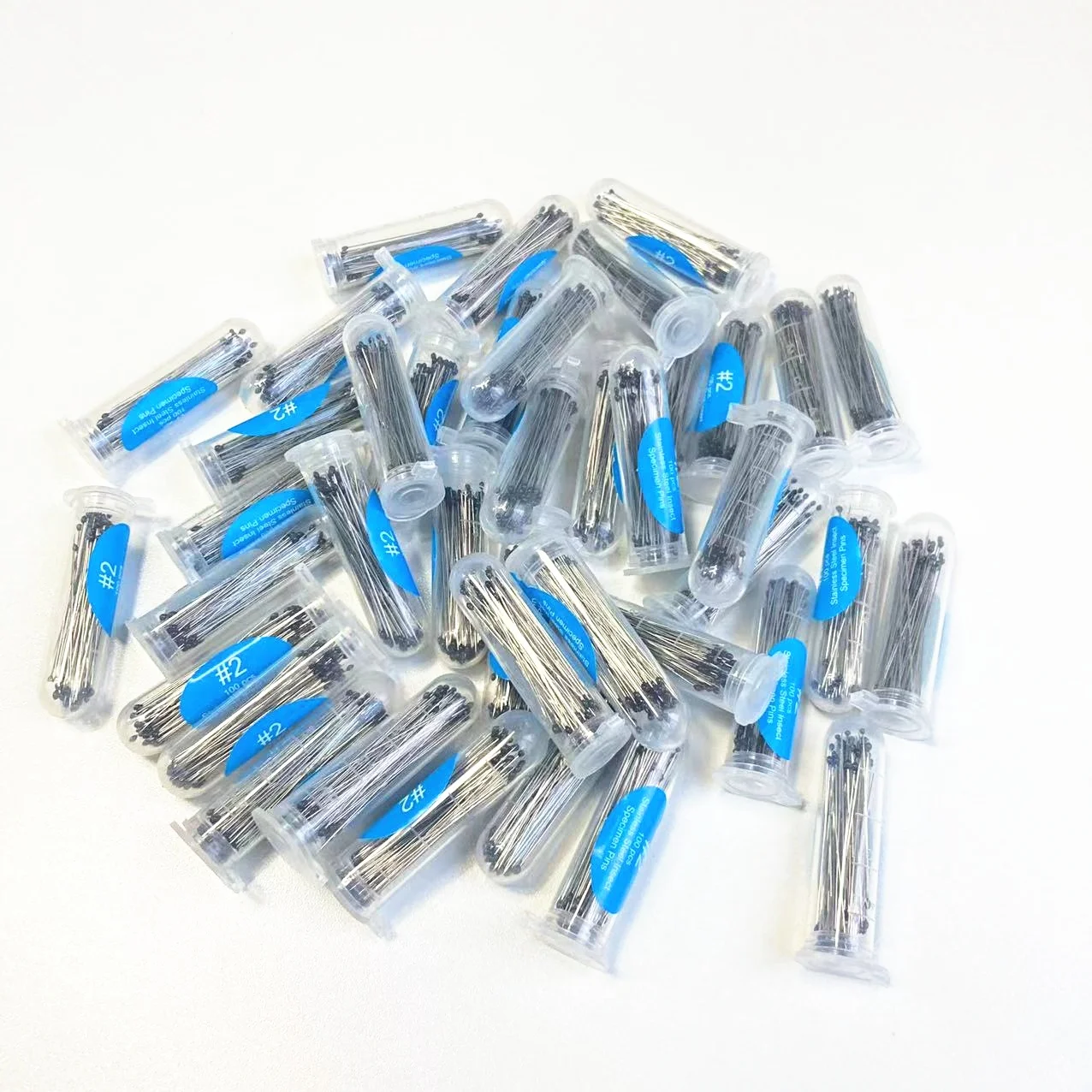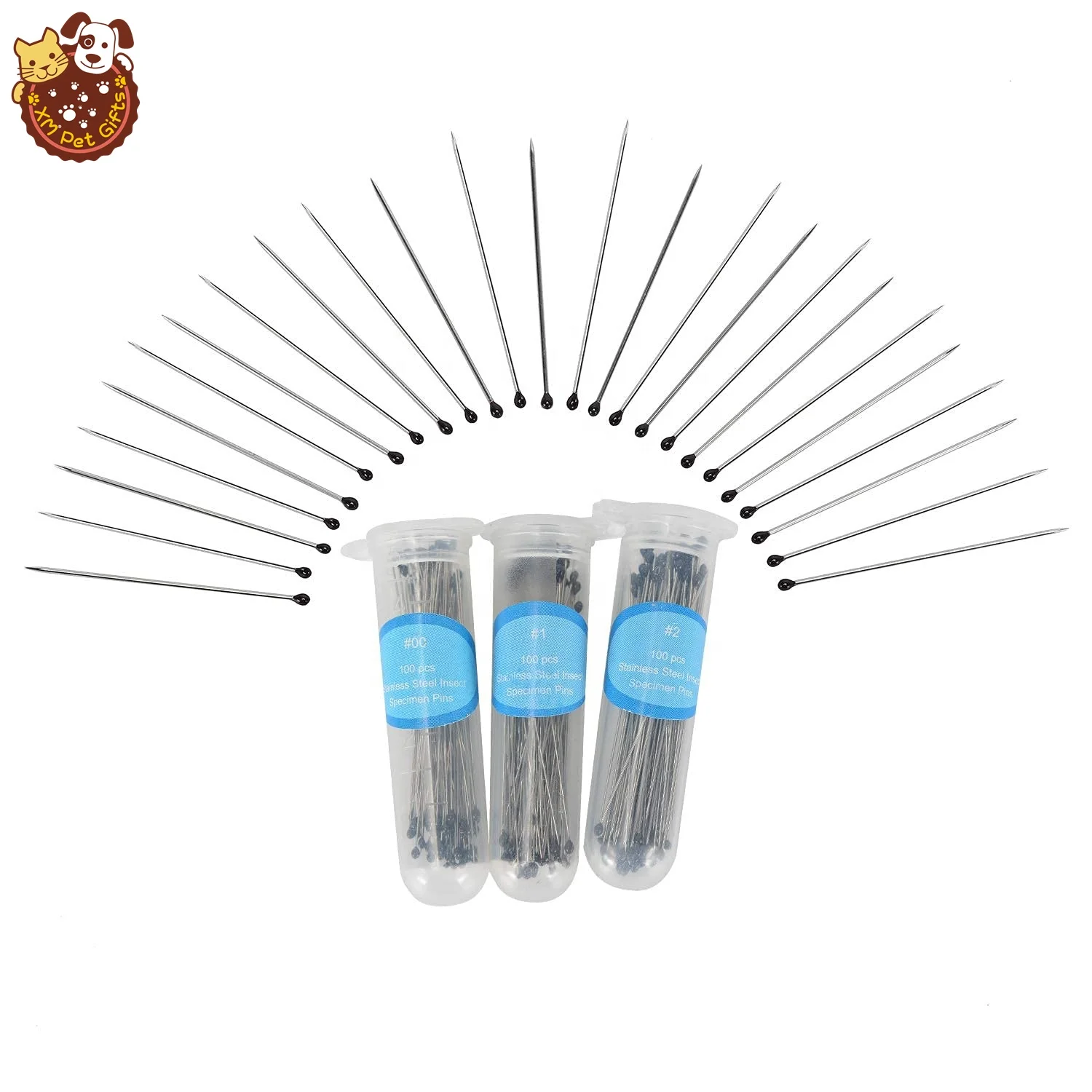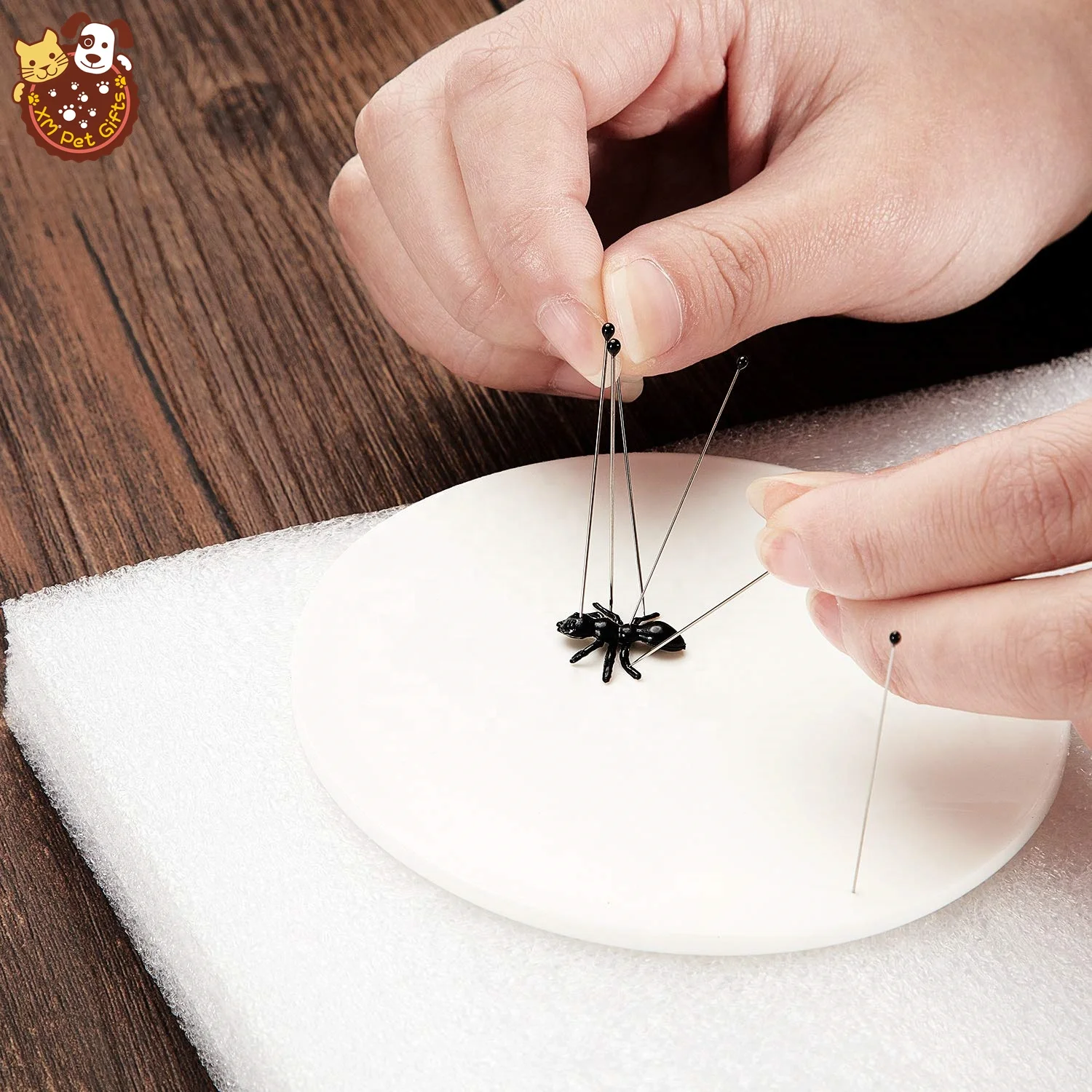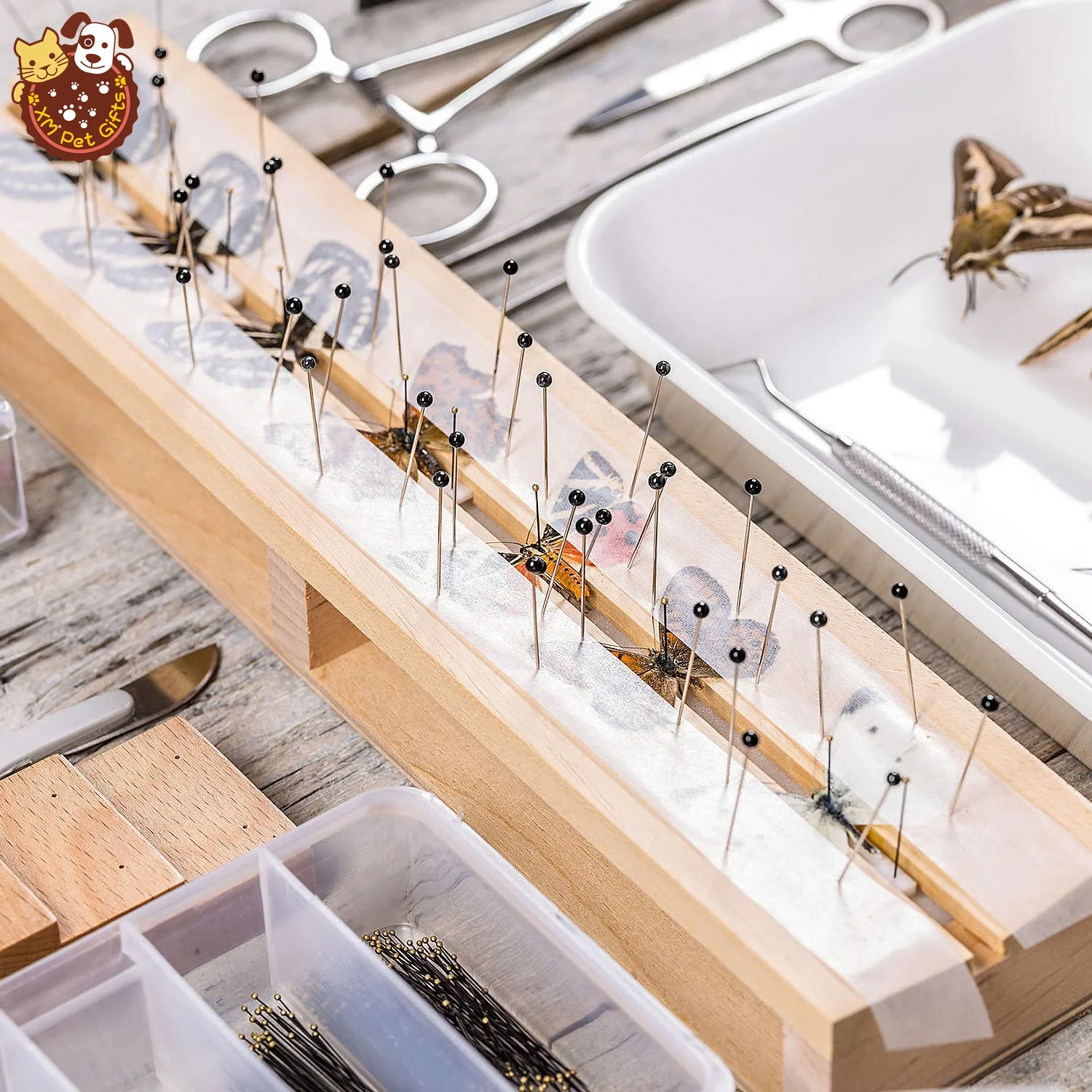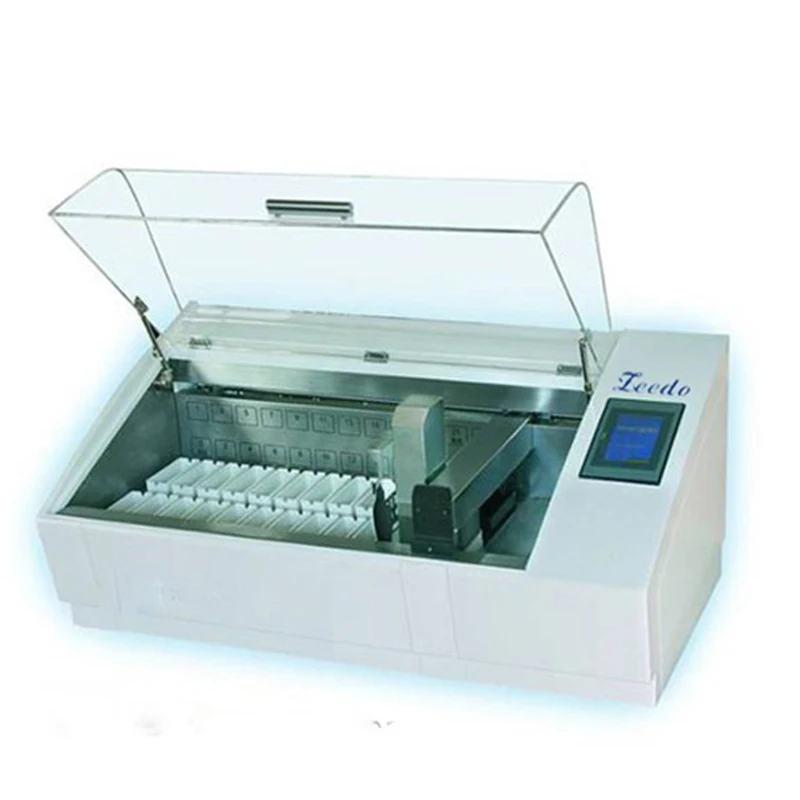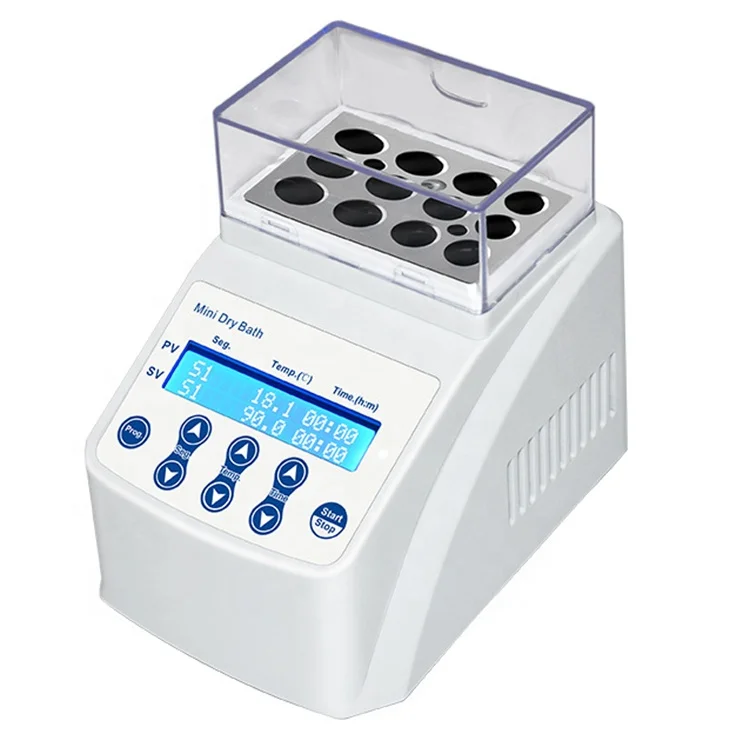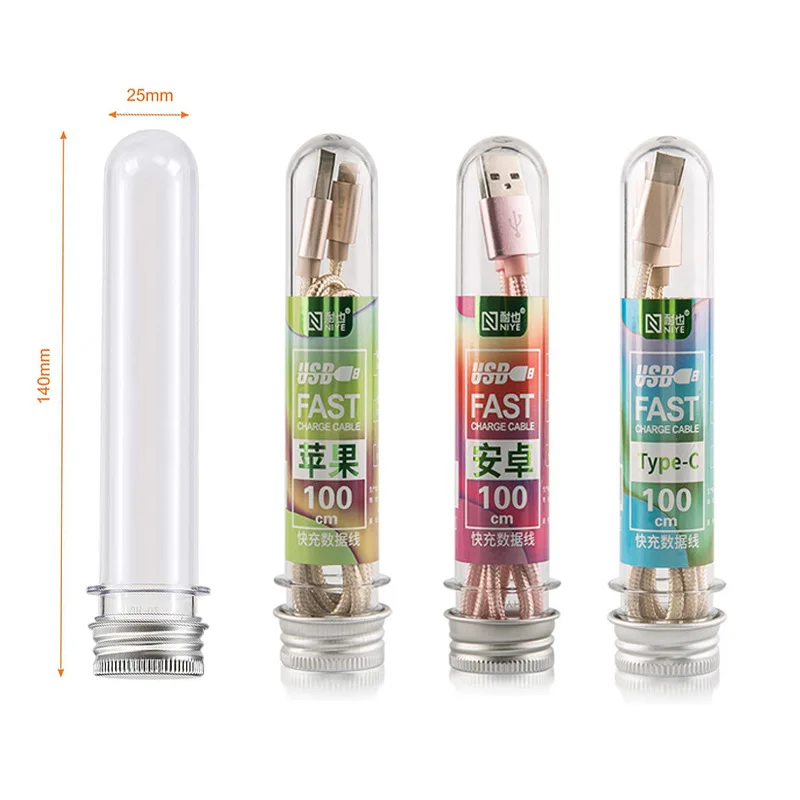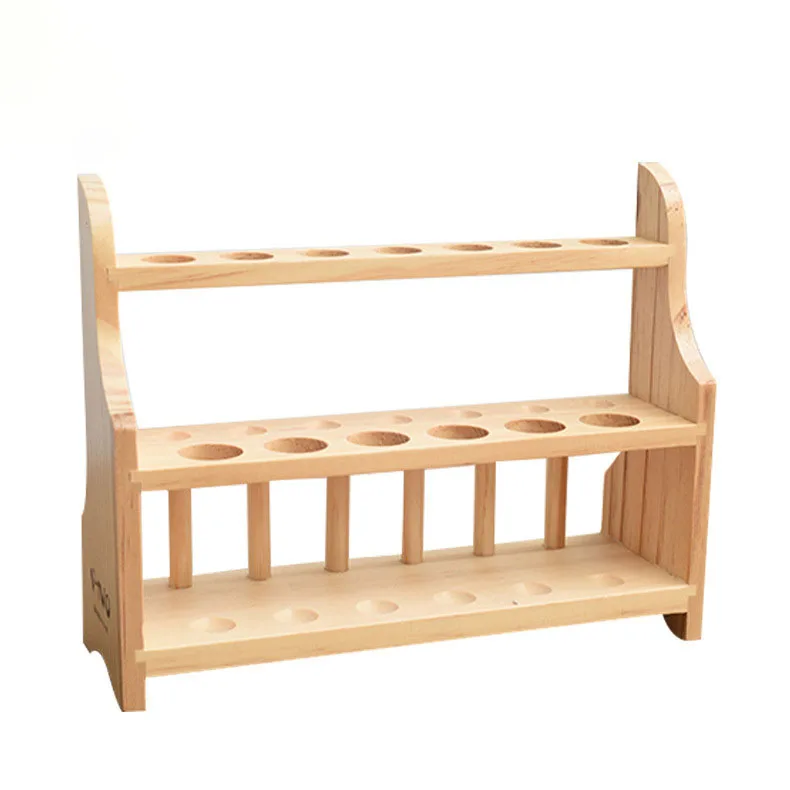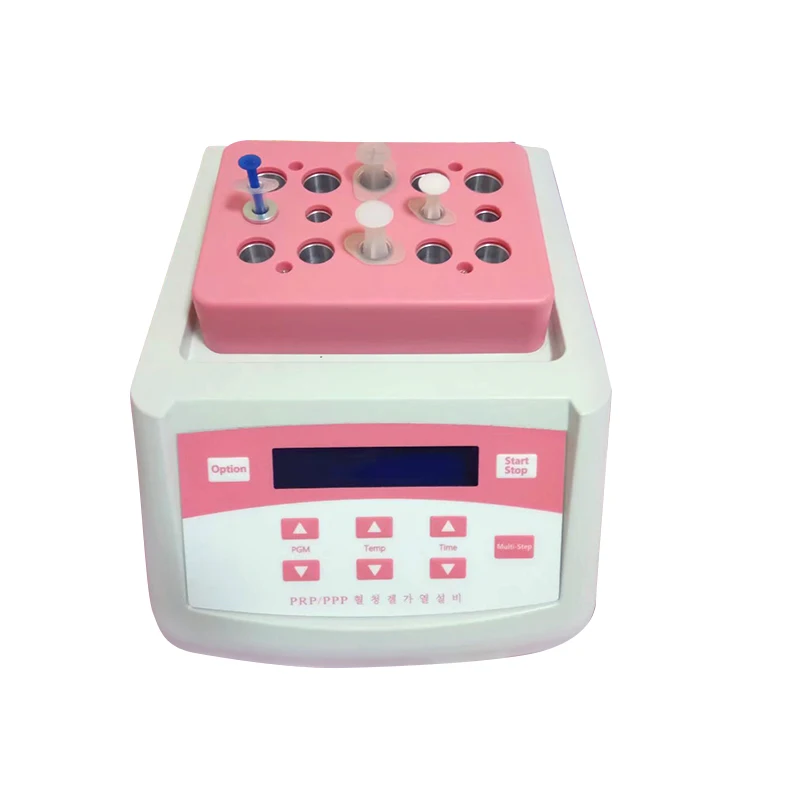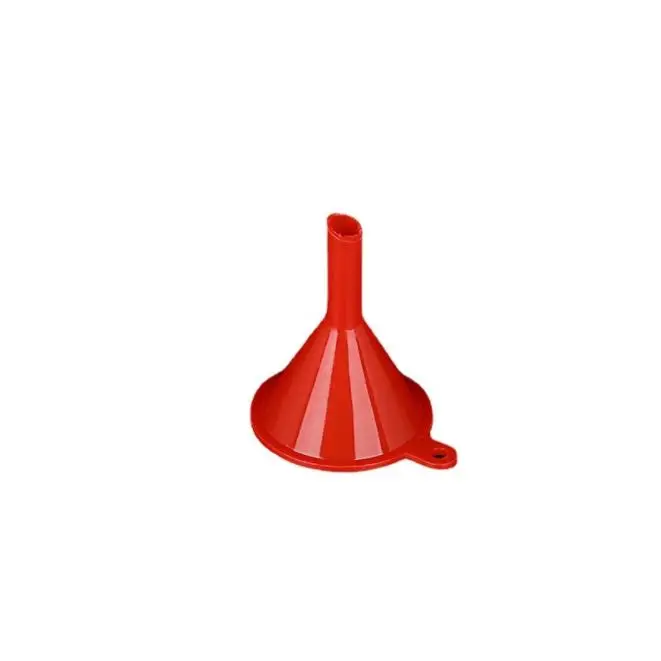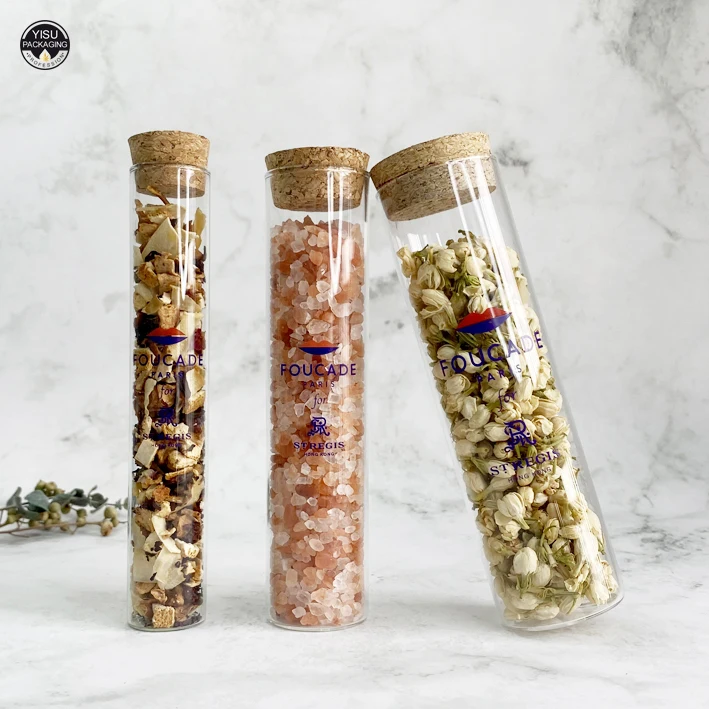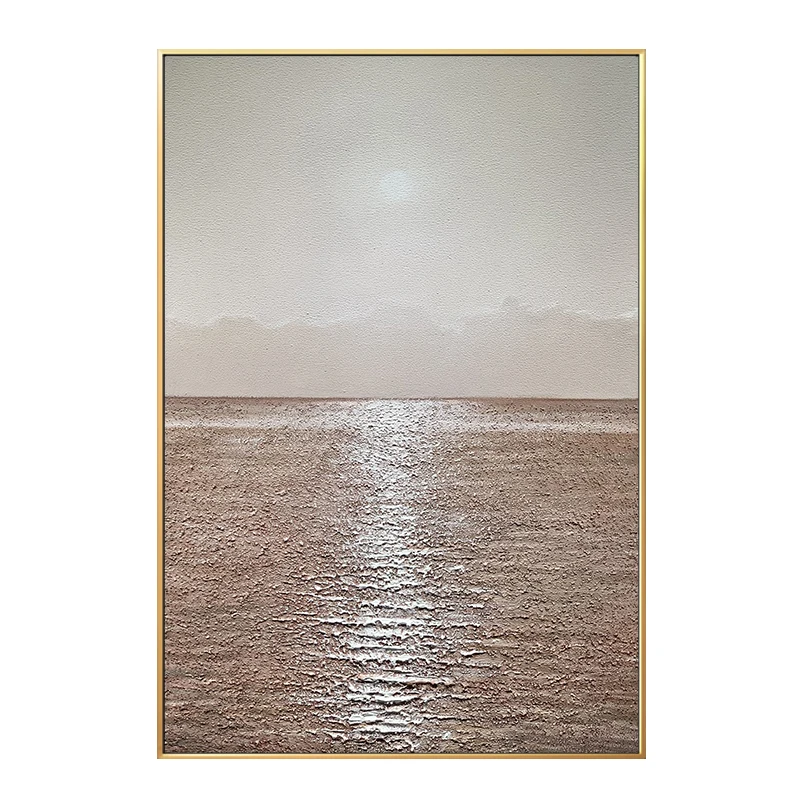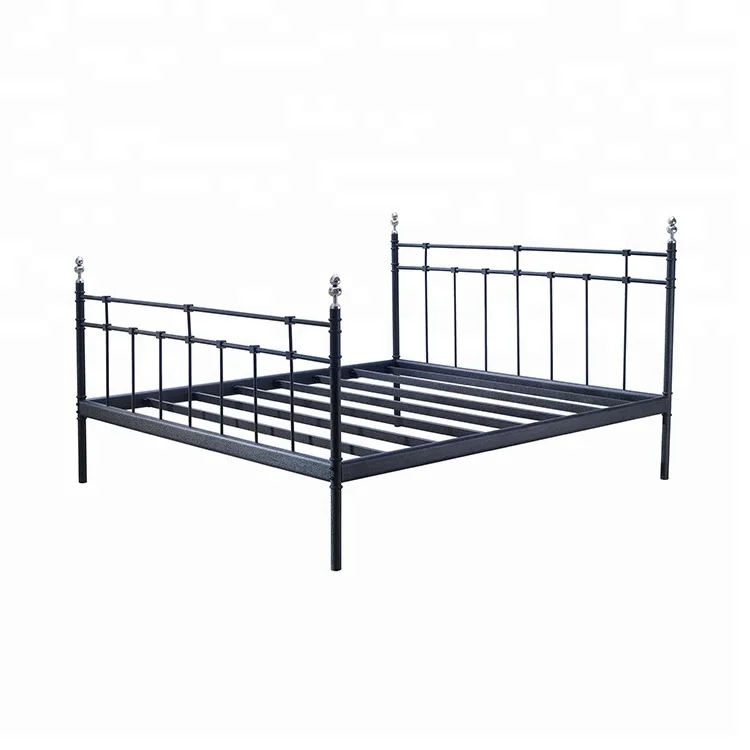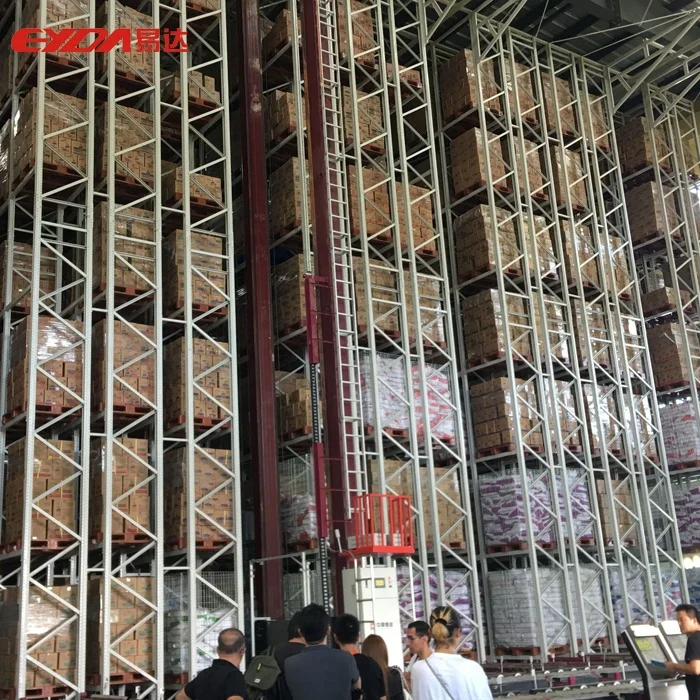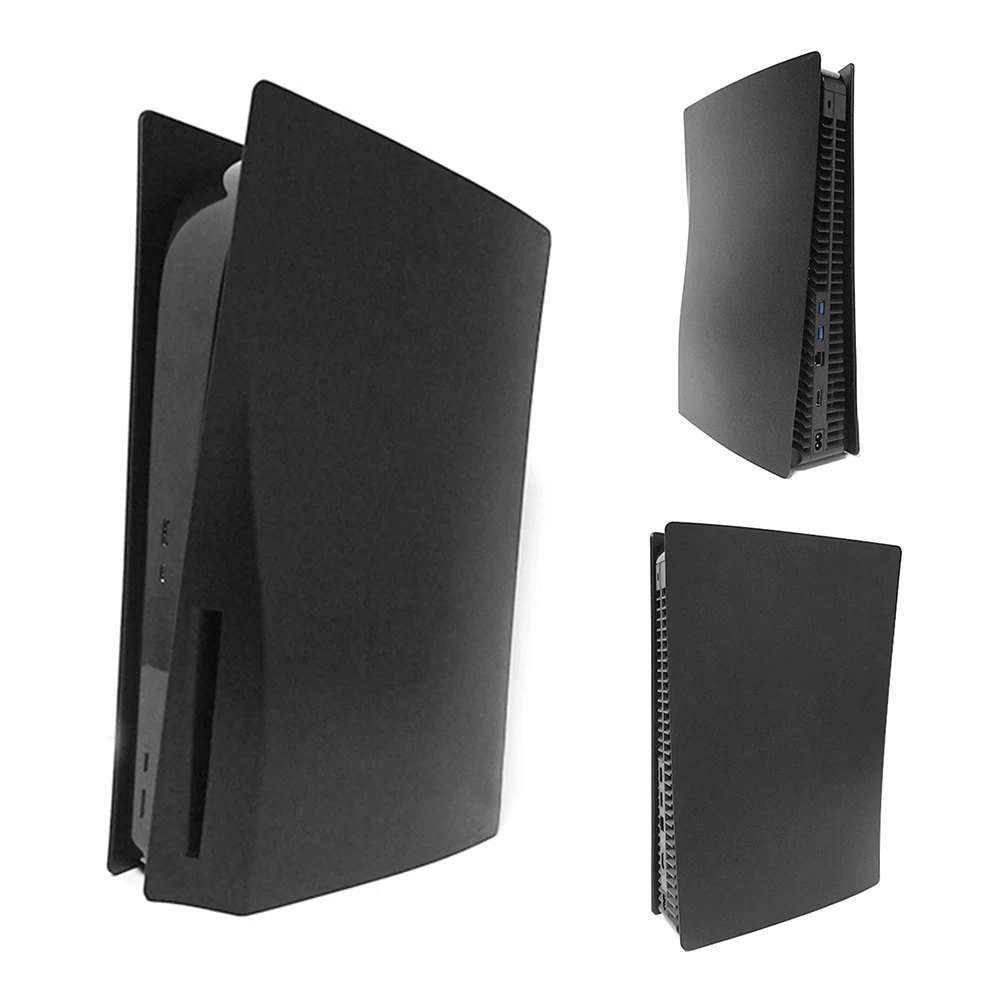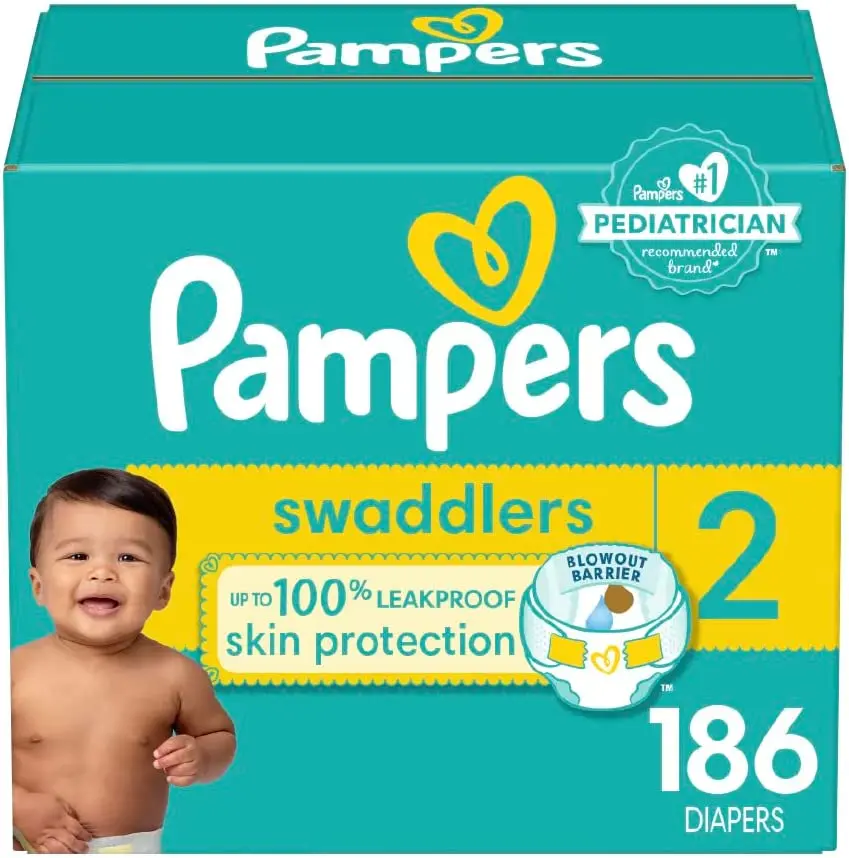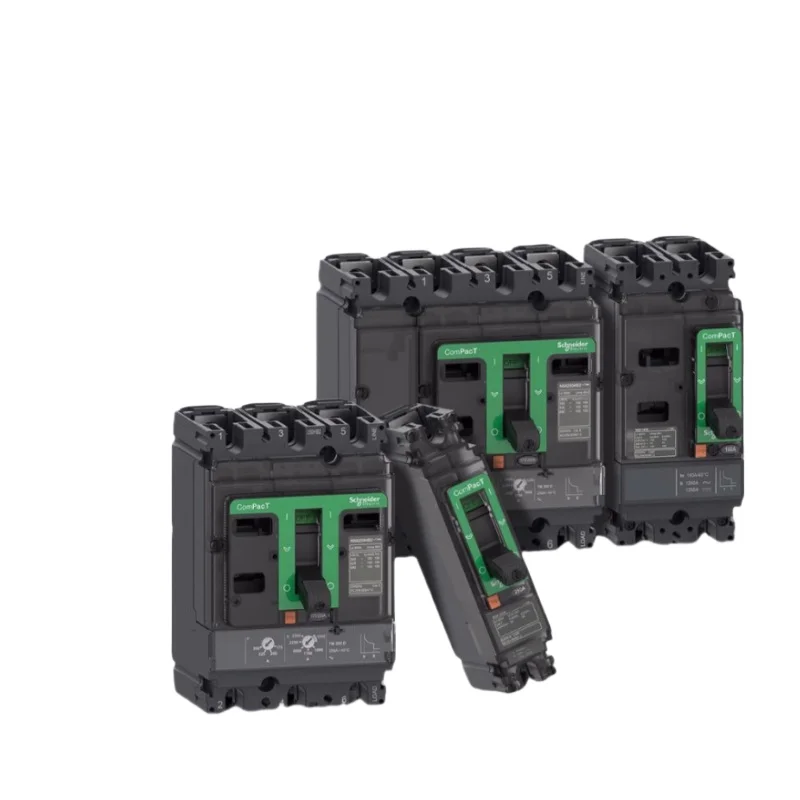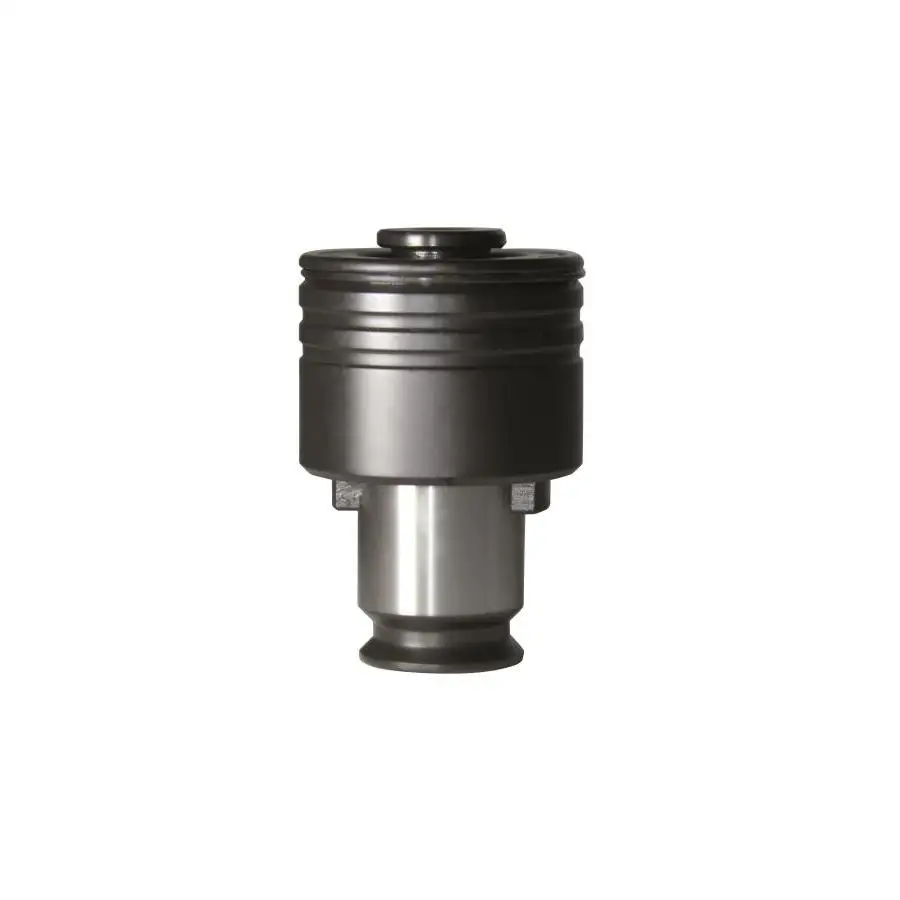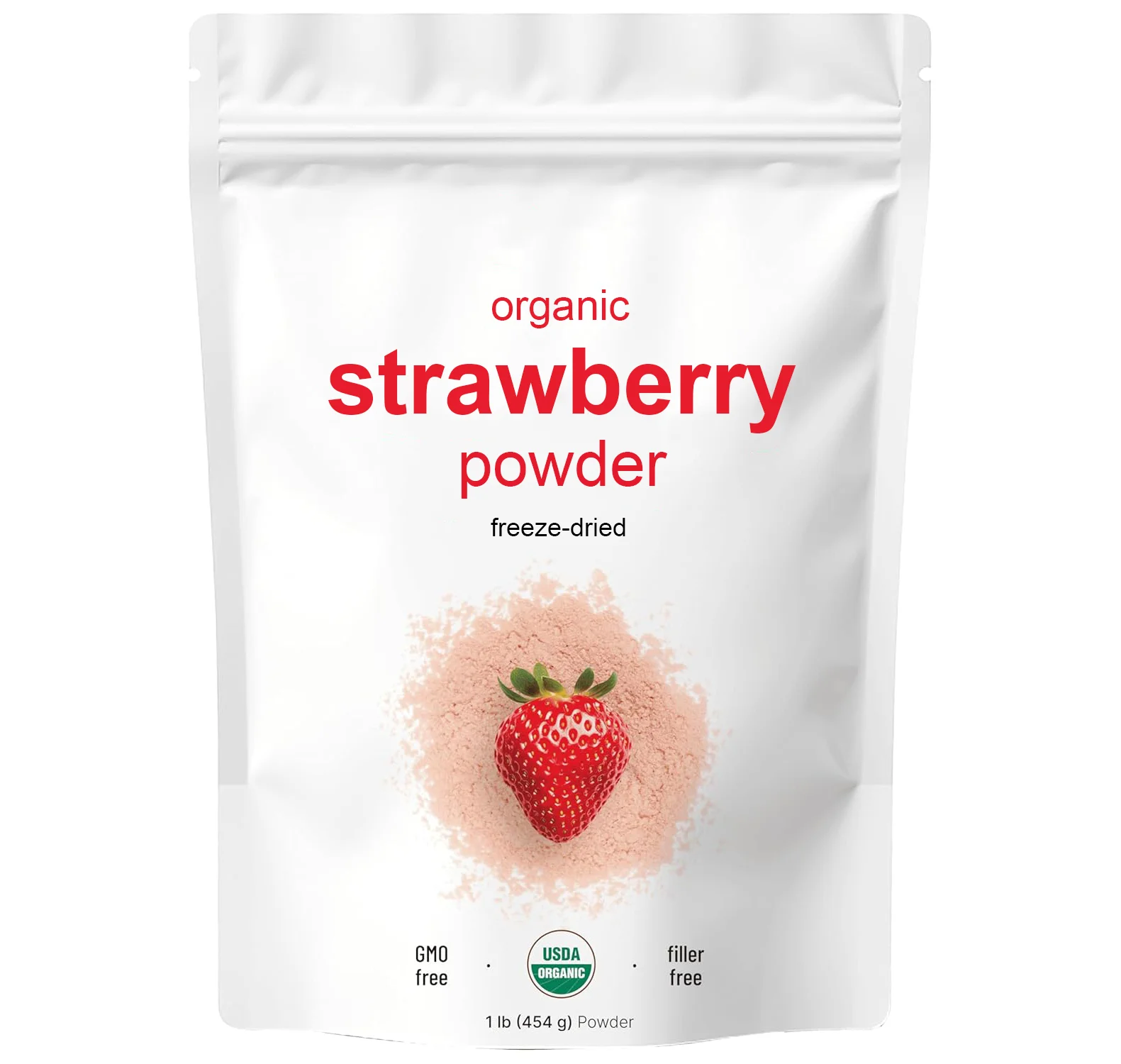Лидер продаж 100 шт. в упаковке образцы насекомых из нержавеющей стали энтомологические иглы с пластиковой головкой
- Категория: >>>
- Поставщик: Xiamen Pet Gifts Technology Co. Ltd.Xiamen Ltd.
Сохранить в закладки 1600407056812:
Описание и отзывы
Характеристики
Products Description
Product name | Stainless Steel Insect Pins Specimen Entomology Pins |
Brand | XM Pet Gifts |
Material | Stainless Steel |
logo | Accept Customized Logo |
Drop shipping | accept |
Size: | 00# length 40mm diameter = 0.27mm; suitable for small or micro insects, such as mosquito, fly and wasp 0# length 40mm diameter = 0.29mm; suitable for small or micro insects, such as mosquito, fly and wasp 1# length 40mm diameter = 0.32mm; used for smaller insect specimen 2# length 40mm, diameter = 0.38mm; used for making small or medium-sized insect specimens, such as small and medium-sized economic seven orders (Coleoptera, Lepidoptera, Orthoptera, Hymenoptera, Diptera, Homoptera, Hemiptera), etc. 3# length: 40mm, diameter = 0.45mm; it is used for the production of medium-sized insect specimens, such as moderate size economic seven orders, dragonflies, etc. 4# length 40mm, diameter = 0.56mm; it is used for making medium-sized or larger insect specimens, such as cicadas, beetles, butterfly moths, etc. with large body shape or heavy weight. 5# length 40mm, diameter = 0.71mm; it is used for making large or large insect specimens, such as giant or overweight golden tortoise, spade beetle, longicorn, etc. |
Details Images
Specializing in the production of stainless steel insect specimen needles with many specifications.
Introduction of insect needles
There are several types of insect needles, which can be selected according to the size of the insect body. There are seven kinds of general insect needles, namely 00, 0, 1, 2, 3, 4, and 5. The length of needles 00 to 5 is 40 mm, needle 00 is thinner, and needle 5 is thicker. There is also a short needle without a needle cap that is very thin, called a microneedle, which can be used to make tiny insect specimens and insert it on a small wooden block or a small paper card, so it is also called a double needle.
There are several types of insect needles, which can be selected according to the size of the insect body. There are seven kinds of general insect needles, namely 00, 0, 1, 2, 3, 4, and 5. The length of needles 00 to 5 is 40 mm, needle 00 is thinner, and needle 5 is thicker. There is also a short needle without a needle cap that is very thin, called a microneedle, which can be used to make tiny insect specimens and insert it on a small wooden block or a small paper card, so it is also called a double needle.
Uses: Used for positioning or fixing when making insect specimens.
There are seven kinds of specifications: 00#, 0#, 1#, 2#, 3#, 4#, 5#. The needle diameter ranges from thin to thick, of which No. 5 is a variety with a thicker diameter, and all 7 kinds of lengths are 40mm.
Packing method: 100 pcs/can, the can is easy to access, and it can be stored at any time when it is not used up once, and it will be used again next time.
This insect needle is a canned export product, which is mostly used for export and exported to Europe, America and other countries...
Application of different models to insects:
00#: Less usage; generally used for making specimens of small or tiny insects, such as mosquitoes, flies, and small bees.
0#: Less usage, the usage is the same as 00#.
1#: For the preparation of smaller insect specimens.
2#: For the preparation of small or medium-sized insect specimens, such as small and medium-sized economic seven orders (Coleoptera, Lepidoptera, Orthoptera, Hymenoptera, Diptera, Homoptera, Hemiptera), etc.
3#: Used for the preparation of medium-sized insect specimens, such as economic seven orders and dragonflies of moderate size.
4#: Used for the preparation of medium or larger insect specimens, such as cicadas, beetles, butterflies and moths with larger or heavier body shapes.
5#: Used for the preparation of larger or large insect specimens, such as beetles, stag beetles, long beetles, etc., which are oversized or overweight.
Regarding the pin position:
For Lepidoptera, Odonata, and Diptera insects, insert the needle slightly to the right of the center of the midpectoral dorsal plate, leaving a complete dorsal midline.
For coleopteran insects, insert the needle in the upper left corner of the elytra on the right side, so that the insect needle passes exactly between the middle hind feet on the ventral surface, so as not to destroy the basal fossa that is the classification characteristic of the coleopteran insects.
Hemiptera insects need to insert the needle in the center of the small scutellum to the right, so that the mouthparts groove on the ventral surface can be kept intact.
For insects of the order Mantis and Orthoptera, insert the needle on the right side of the earthwork at the base of the middle breast.
Hymenoptera insects need to be inserted in the middle of the breast
Needle height: the tip of the needle occupies about 1/3 of the needle length.
Preservation and use of insect needles:
Note that it should be placed in a dry and flat place. Because the needle body is thin, it is not easy to be found after landing or being lost, so try to place it in a relatively fixed position or a place within sight. Children must use it under the supervision of an adult! Do not insert the worm body or the specimen box too hard when using it. If it is bent under force, you can gently fold it back in the opposite direction with your hands and straighten the needle body again. The slight bend will not affect the fixation and display of the specimen. If you encounter a bend in the tip of an insect, you can use a nail file or fine sandpaper to polish it properly.
There are seven kinds of specifications: 00#, 0#, 1#, 2#, 3#, 4#, 5#. The needle diameter ranges from thin to thick, of which No. 5 is a variety with a thicker diameter, and all 7 kinds of lengths are 40mm.
Packing method: 100 pcs/can, the can is easy to access, and it can be stored at any time when it is not used up once, and it will be used again next time.
This insect needle is a canned export product, which is mostly used for export and exported to Europe, America and other countries...
Application of different models to insects:
00#: Less usage; generally used for making specimens of small or tiny insects, such as mosquitoes, flies, and small bees.
0#: Less usage, the usage is the same as 00#.
1#: For the preparation of smaller insect specimens.
2#: For the preparation of small or medium-sized insect specimens, such as small and medium-sized economic seven orders (Coleoptera, Lepidoptera, Orthoptera, Hymenoptera, Diptera, Homoptera, Hemiptera), etc.
3#: Used for the preparation of medium-sized insect specimens, such as economic seven orders and dragonflies of moderate size.
4#: Used for the preparation of medium or larger insect specimens, such as cicadas, beetles, butterflies and moths with larger or heavier body shapes.
5#: Used for the preparation of larger or large insect specimens, such as beetles, stag beetles, long beetles, etc., which are oversized or overweight.
Regarding the pin position:
For Lepidoptera, Odonata, and Diptera insects, insert the needle slightly to the right of the center of the midpectoral dorsal plate, leaving a complete dorsal midline.
For coleopteran insects, insert the needle in the upper left corner of the elytra on the right side, so that the insect needle passes exactly between the middle hind feet on the ventral surface, so as not to destroy the basal fossa that is the classification characteristic of the coleopteran insects.
Hemiptera insects need to insert the needle in the center of the small scutellum to the right, so that the mouthparts groove on the ventral surface can be kept intact.
For insects of the order Mantis and Orthoptera, insert the needle on the right side of the earthwork at the base of the middle breast.
Hymenoptera insects need to be inserted in the middle of the breast
Needle height: the tip of the needle occupies about 1/3 of the needle length.
Preservation and use of insect needles:
Note that it should be placed in a dry and flat place. Because the needle body is thin, it is not easy to be found after landing or being lost, so try to place it in a relatively fixed position or a place within sight. Children must use it under the supervision of an adult! Do not insert the worm body or the specimen box too hard when using it. If it is bent under force, you can gently fold it back in the opposite direction with your hands and straighten the needle body again. The slight bend will not affect the fixation and display of the specimen. If you encounter a bend in the tip of an insect, you can use a nail file or fine sandpaper to polish it properly.
The specific specifications of the insect needle are as follows: (commonly used models are 1#, 2#, 3#)
00# Length 40mm ø=0.27mm;
0# Length 40mm ø=0.29mm;
1# Length 40mm ø=0.32mm;
2# Length 40mm ø=0.38mm;
3# Length 40mm ø=0.45mm;
4# Length 40mm ø=0.56mm;
5# Length 40mm ø=0.71mm.
00# Length 40mm ø=0.27mm;
0# Length 40mm ø=0.29mm;
1# Length 40mm ø=0.32mm;
2# Length 40mm ø=0.38mm;
3# Length 40mm ø=0.45mm;
4# Length 40mm ø=0.56mm;
5# Length 40mm ø=0.71mm.
Main Proudct
Company Profile


Xiamen Pet Gifts Technology Co., Ltd is located in Xiamen, Fujian, China. Our main products are pet toys, cat tree & house, pet feeder and grooming products, pet clothes, pet beds, cages, carrier, pet collar, leash, harness, etc.Welcome OEM & ODM orders, accept low MOQ and fast shipping. We supply good quality low price and hot selling goods for Amazon, eBay, Wish, AliExpress sellers.Provide drop shipping service!Contact us now to start win-win cooperation!
packaging&Shipping

FAQ
Q1:Do you provide OEM service?
A:OEM & ODM is available,tell us your idea and we will help you to make it happen.
Q2:Could you ship the goods to Amazon warehouse?
A:Yes,we have logistics department with rich shipping experience, to delivery the goods to your Amazon warehouse at very low cost.
Q3:What's the MOQ?
A:Depends on the products, for Amason hot selling products, MOQ low as 1 pcs.
Q4:Do you offer drop shipping service?
A:Yes, please contact us for more details.


Похожие товары
Лабораторная стеклянная бутылка с реагентом 1000
163,02-182,54 ₽
Аппарат для нагрева геля-SHengwin 15x2/1 5 мл аппарат сухих ванн нанесения геля PRP PPP плазменный гель-нагреватель
Пластиковая тестовая трубка 40 мл ПЭТ для кабеля передачи данных с алюминиевой крышкой
14,25 ₽ - 17,81 ₽
Деревянная стойка для пробирок с 12 отверстиями, учебный инструмент, многофункциональный химический эксперимент
368,43 ₽ - 432,46 ₽
Лидер продаж 2023 аппарат для создания плазменного геля салона красоты 0 2-50 мл нагревания и охлаждения PRP ppp
35 950,45 ₽ - 40 629,72 ₽
Утолщенная пластиковая сепарационная воронка, мини Воронка для духов, косметики, тонер, заполняющая воронка
Лабораторная стеклянная пробирка с плоским дном и Пробковой Крышкой, 25 мл, 30 мл, 60 мл, 120 мл
Новые поступления
Новинки товаров от производителей по оптовым ценам
Светлая Золотая морская солнечная энергия ландшафтное украшение постмодерн минималистский стиль чистая ручная роспись маслом 24x3 1 дюйм/60x80
35-53 $
Европейские антикварные простой Последние двойной металлической кровати
Автоматизированная складская система автоматического хранения в Гуанчжоу Eyda с эффективными стеллажами и
10 000-35 000 $
Декоративный чехол для PS5 Сменный Чехол консоли пластины Playstation5 пылезащитный с защитой от царапин
7,50-7,70 $
Лучшее качество детские подгузники для сухих подгузников новорожденных размер 2 4 и большие доставка или
3 $
Выключатель для формованного корпуса Schneider NSX100N 50KA AC 3P3D 25A TMD новая модель C10N3TM025
Буф2-.. М .. Краны
Оптовая продажа высококачественный сублимированный клубничный порошок Заводская поставка
5,50-6,40 $
